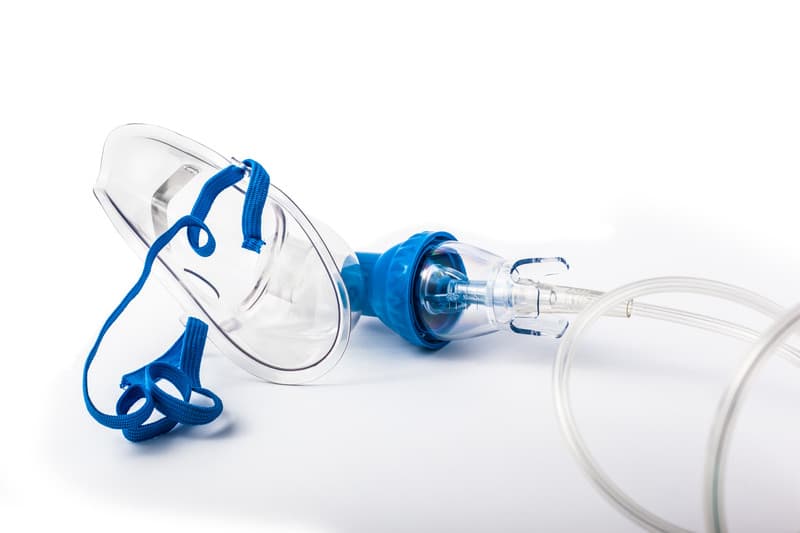Commonly used as bronchodilators, nebulizers are medical devices that can convert liquids into aerosols in the form of mist, so that it can be easily inhaled into the lower respiratory tract. This device plays a crucial part in the treatment of patients suffering from respiratory diseases such as asthma and chronic obstructive pulmonary disease (COPD). It works by relaxing and opening air passages to the lungs to make breathing easier. Medicare Part B covers nebulizers and some medicines used in nebulizers, only if they are considered reasonable and necessary. These are covered as durable medical equipment (DME) that your doctor prescribes for use in your home. Hospitals providing this treatment can consider medical billing services provided by experienced firms to submit error-free claims for reimbursement. Nebulizer devices are often used to deliver bronchodilator (airway-opening) medications such as albuterol, Xopenex or Pulmicort. Nebulizer medications are prescribed in unit dose vials and multidose bottles.
The market report from Credence Research has highlighted that high patient compliance and efficient drug delivery are among the key factors assisting the growth of the global nebulizer market. This market is predicted to reach USD 1,162.2 Mn by the year 2022.
Some respiratory or pulmonary conditions may qualify for inhalation (aerosol generator, nebulizer, metered dose inhaler, or intermittent positive pressure breathing) treatment coding such as asthma, acute bronchitis, other chronic obstructive pulmonary disease, COPD with (acute) exacerbation, COPD with acute lower respiratory infection, pneumonia, bronchopneumonia, cough, wheezing and shortness of breath.
Nebulizer Treatment – Clinical Documentation
According to the CMS, nebulizer claims must include a Written Order Prior to Delivery (WOPD), which must be a 5 Element Order (5EO) that includes all of the following elements:
- Beneficiary’s name
- Item of DME ordered
- Signature of the prescribing practitioner
- Prescribing practitioner’s National Provider Identifier (NPI)
- The date of the order
- A completed 5EO within 6 months after the required Affordable Care Act (ACA) face-to-face examination
- The supplier’s receipt of the 5EO before delivery of the listed item(s)
It is also recommended that a date stamp or equivalent must be used to document the 5EO receipt date. Five services and products that are reported in a typical inhalation treatment encounter are – separately identifiable office visit, inhalation treatment, pulse oximetry (oxygen saturation), medication dispensed and nebulizer mask/administration set. As a nebulizer mask is used only once by one patient, hospitals should report only one unit. Documentation must also support that the mask was provided to the patient at the time of treatment. There will be no charge for the use of the nebulizing machinery, when the medication and mask are provided in the doctor’s office.
Related Medical Codes
The Healthcare Common Procedure Coding System (HCPCS) codes for nebulizers covered under Medicare, which require a WOPD include the following:
- E0570 – Nebulizer with compressor
- E0575 – Nebulizer, ultrasonic, large volume
- E0580 – Nebulizer, durable, glass or autoclavable plastic, bottle type, for the use with regulator or flowmeter
- E0585 – Nebulizer with compressor & heater
- K0730 – Controlled dose inhalation drug delivery system
Other HCPCS codes include:
- A7003 Administration set, with small volume non-filtered pneumatic nebulizer, disposable
- A7004 Small volume non-filtered pneumatic nebulizer, disposable
- A7007 Large volume nebulizer, disposable, unfilled, used with aerosol compressor
- A7010 Corrugated tubing, disposable, used with large volume nebulizer, 100 feet
- E0574 Ultrasonic/electronic aerosol generator with small volume nebulizer
- E1372 Immersion external heater for nebulizer
To code them perfectly, it is important that physicians capture all relevant information regarding the patient’s respiratory condition and coders must also be skillful at picking up details to properly report the expanded inhalation treatment diagnostic codes. Reliable pulmonary medical coding services provided by experienced, AAPC-certified coders can help healthcare providers meet their clinical documentation and coding requirements.




